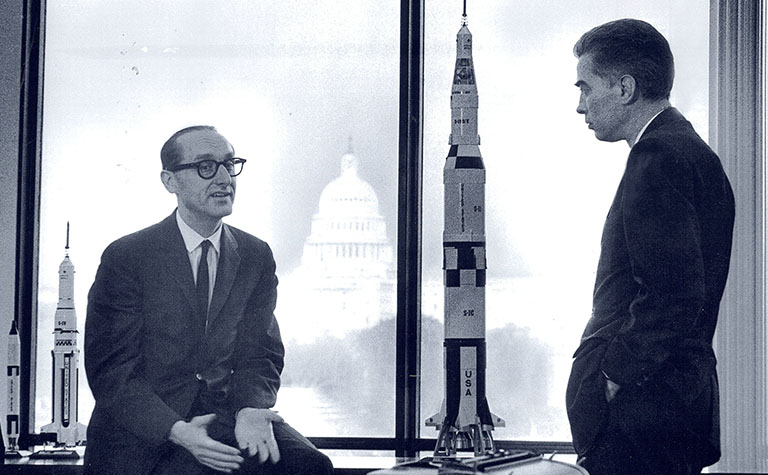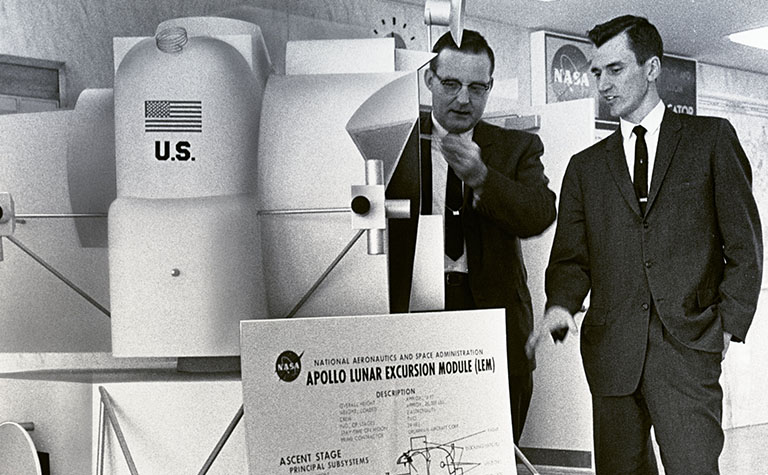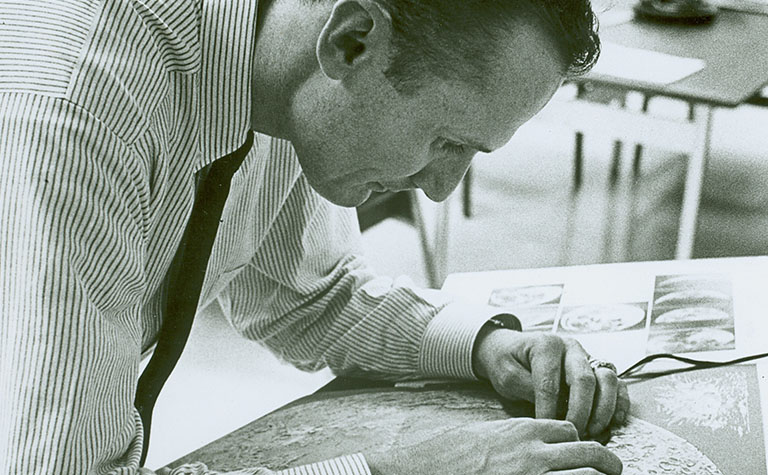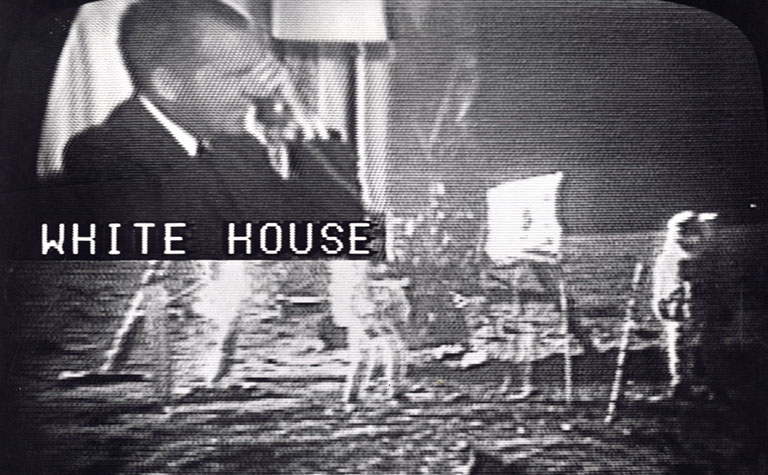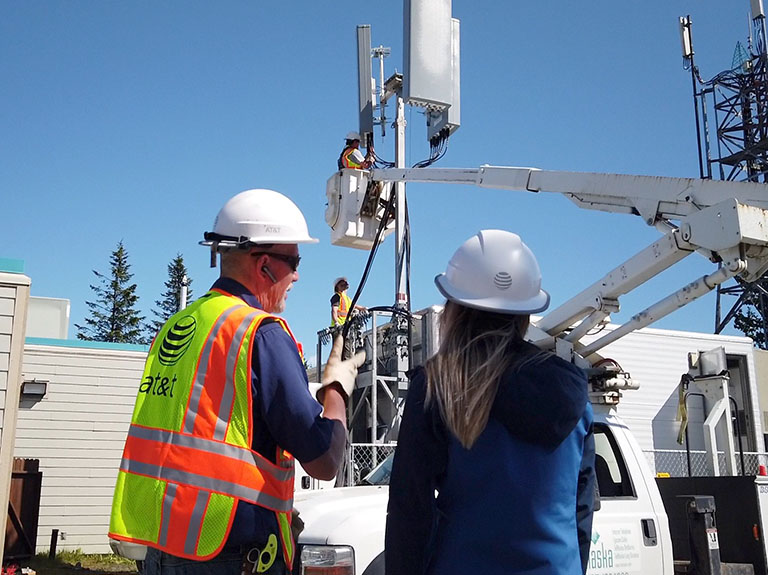In 1961, President John F. Kennedy made a bold proclamation: The United States will put a man on the moon within the decade. On July 20, 1969, Apollo 11 delivered on that promise.
With such an historic task in front of them, NASA knew they were going to need help. So NASA administrator James Webb reached out to AT&T – and we were honored to participate.
Just like that – AT&T had entered the space race, and BELLCOMM, Inc. was born.
BELLCOMM began with about 30 AT&T employees - operating as its own company, matching AT&T's communications and network specialists with hired space technology experts. A 1972 Bell Telephone Magazine article detailing BELLCOMM's role says it existed to "look over NASA's shoulder - point out what they hadn't thought of and make suggestions for doing the job better."
AT&T also provided the critical communications platform for NASA and the astronauts throughout the mission. And once Apollo 11 delivered on its promise, AT&T connected President Richard Nixon live via telephone to the moon, a call that traveled an estimated 290,000 miles one way, with millions listening in by way of radio and television.
With the mission complete, BELLCOMM would be dissolved in less than three years.
But their historic legacy – and all the innovative work done by their peers across AT&T’s 143-year history – still pushes us to explore new frontiers today.
For example, we’re working with Uber to explore how 5G could connect future air taxis and drones. Uber aims to launch its aerial ridesharing service in 2023 and we are excited to be part of connecting this new service.
In 2017 AT&T initiated INQNET, a multi-year research collaboration on quantum networking with Caltech. INQNET has built a broad collaborative program that spans across academia and industrial research communities, including NASA and JPL, and serves to further US strategic interests in quantum technology. In fact, some of the technology currently in use at the INQNET lab at Fermi National Laboratory relies on technology from JPL that concurrently advances the development of future space-based optical communications that will one day support the deployment of quantum networks in space.
As we all take a moment this weekend to appreciate the immense human achievement the Moon landing represented, we’re thrilled to think about what comes next.
*All documents courtesy of the AT&T Archives and History Center

